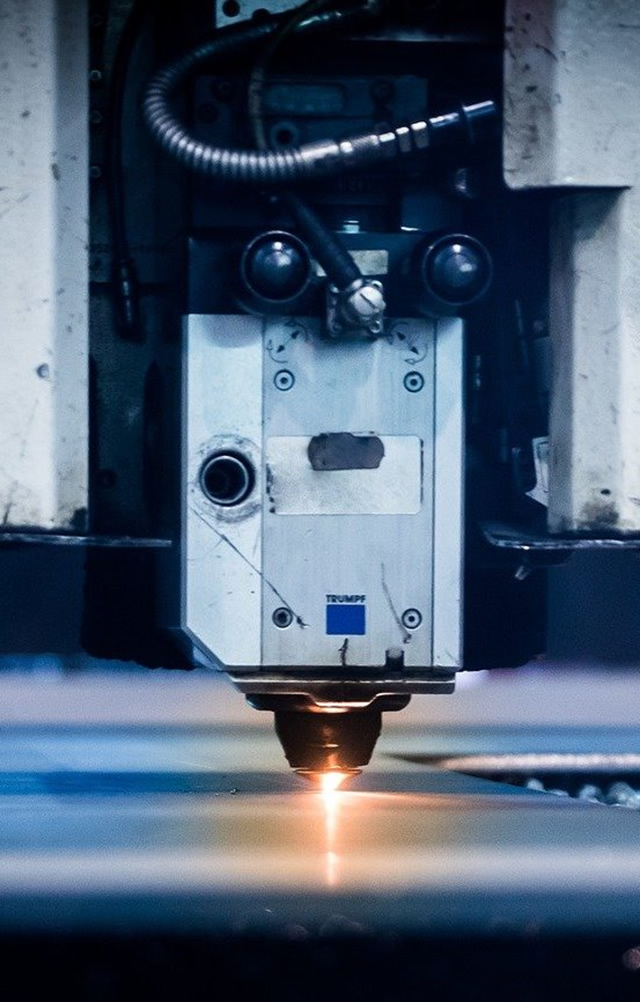
Technologies and Equipment in Incinerator manufacturing
Empirical formulae were used for a long time in designing incinerator systems. In the not-so-distant past, manufacturers have geared and adapted themselves to using current and relevant technologies and equipment in making incinerator systems. We, at Haat, have travelled many a mile on this score. The present scenario throws light on what we do now.
a) Use of software: Special software has been made which facilitates:
- Making a process flow diagram
- Freeze equipment configuration
- Decide on equipment sizing
- Decide on thermal capacities
- Calculate and indicate emissions with certainty
This has been/is being used by us in a number of projects with considerable success.
b) PLC programming: Many of our complex systems with different configurations having a 'control philosophy' enable the user to understand what happens in the normal and abnormal/unsafe conditions. This involves using Programmable Logic Controllers to monitor and control all the main equipment, instruments, etc. These include;
- Burners
- Pressure, level and temperature transmitters
- Control valves
- Hydraulic systems
- Fans and VFDs
PLC programming not only ensures safe operation of the equipment but also enables running the incinerator system in 'auto' and 'maintenance' modes.
c) HMI: Human machine interface is especially employed where the operation of various equipment is managed by the use of a single touch screen. It also shows variable factors such as temperature, pressure, etc. at different locations.
d)Laser and Plasma: To obtain precise dimensions, laser and/or plasma cutting is employed in making components like chimney flanges and in manufacturing equipment like bag filters.
e) Emission monitoring: Continuous emission monitoring systems, though expensive, are used to monitor flue gas emissions and to set off alarm in the event of uncontrolled releases.
f)3D Design: From a 2D AutoCAD system, we have moved on to 3D design. This enables complete visualization of all the equipment, their dimensions, locations, etc. vis-à-vis the plot plan and elbow room for movement of men and materials. 'Design for Maintenance' is the theme behind this. Using the 3D system has enabled us to avoid installation and operation glitches at the site.
g)Testing instruments: We use a variety of digital instruments to ensure compliance to specs, drawings and customer requirements. These include;
- non-contact infrared thermometer
- monometer
- vibration meter
- tachometer
- sound level meter
- thermo anemo meter
- thermo hygro meter
- profile depth meter
- clamp meter
- lux fc light meter
- sling psychometer
- ultrasound thickness meter
- earth resistance tester
- coating thickness meter
- elcometer - rin hole detector
- elcometer - Bresle conductivity
- wet film thickness meter
- TDS meter
- DC-A meter
- ultrasonic distance measuring laser unit
- sling hygrometer
- ultrasonic thickness meter
All these help us to produce incinerators of quality conforming to standards, our own drawings and designs as well as customer specifications leading to:
- Good performance
- Long equipment life
- Customer satisfaction!


